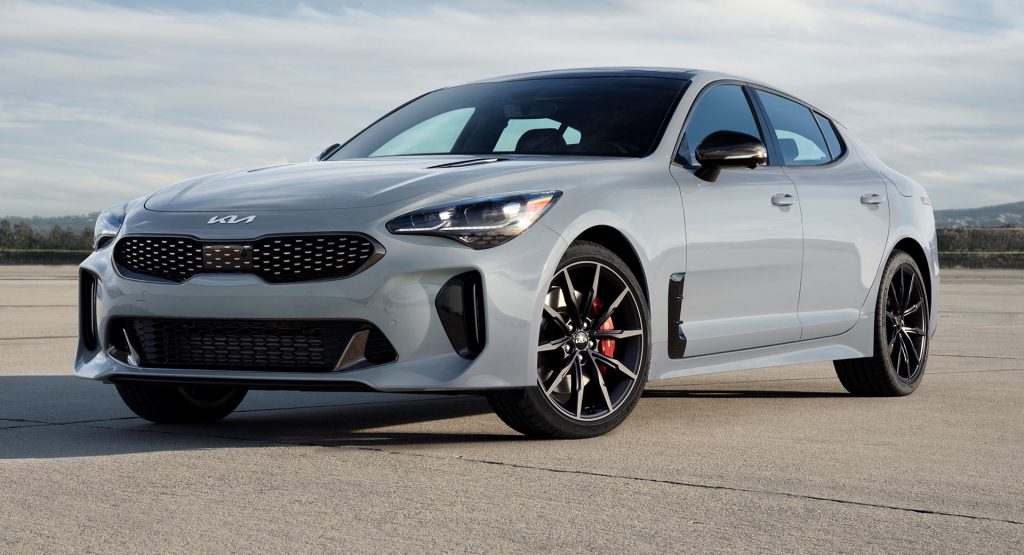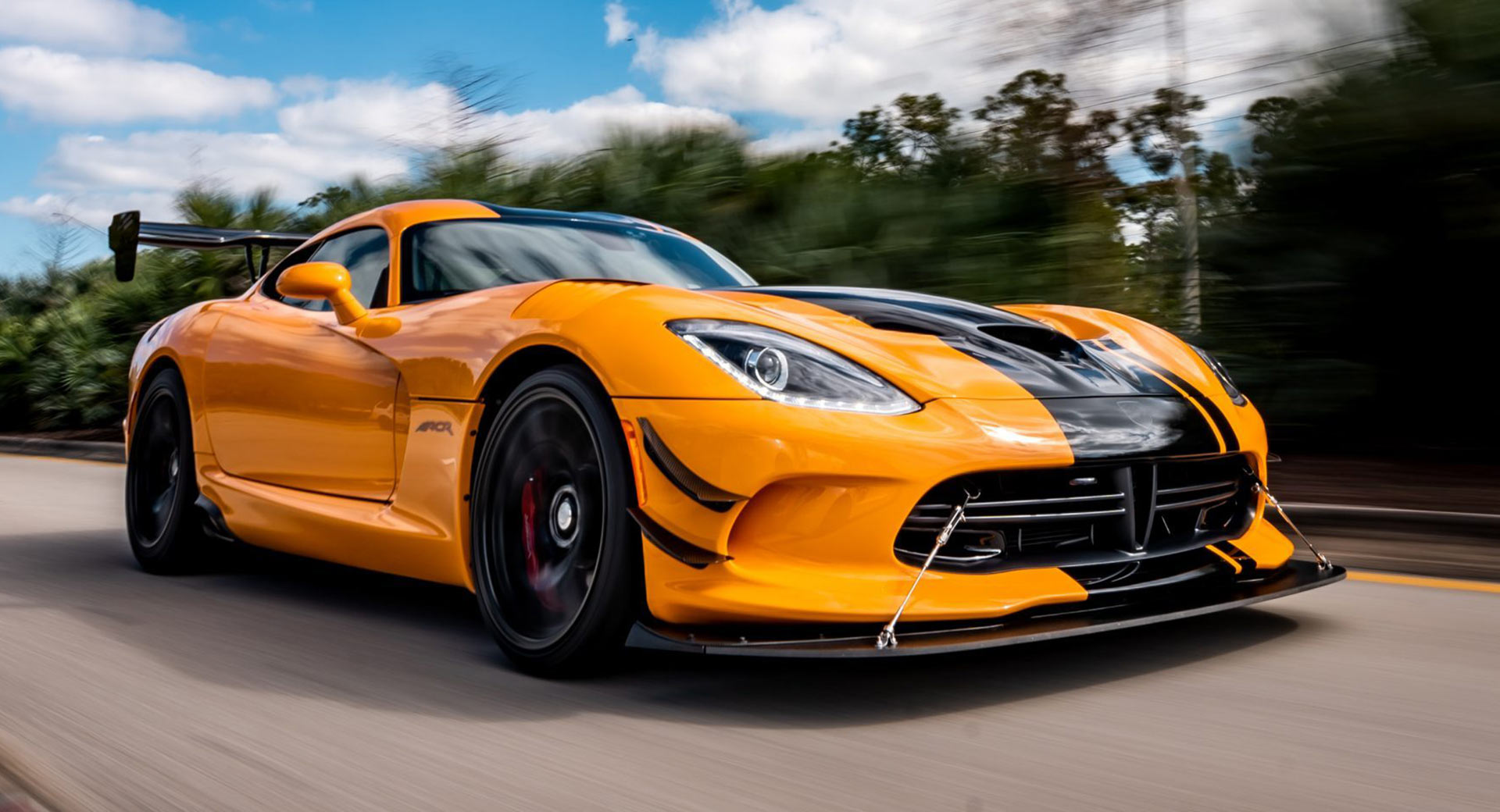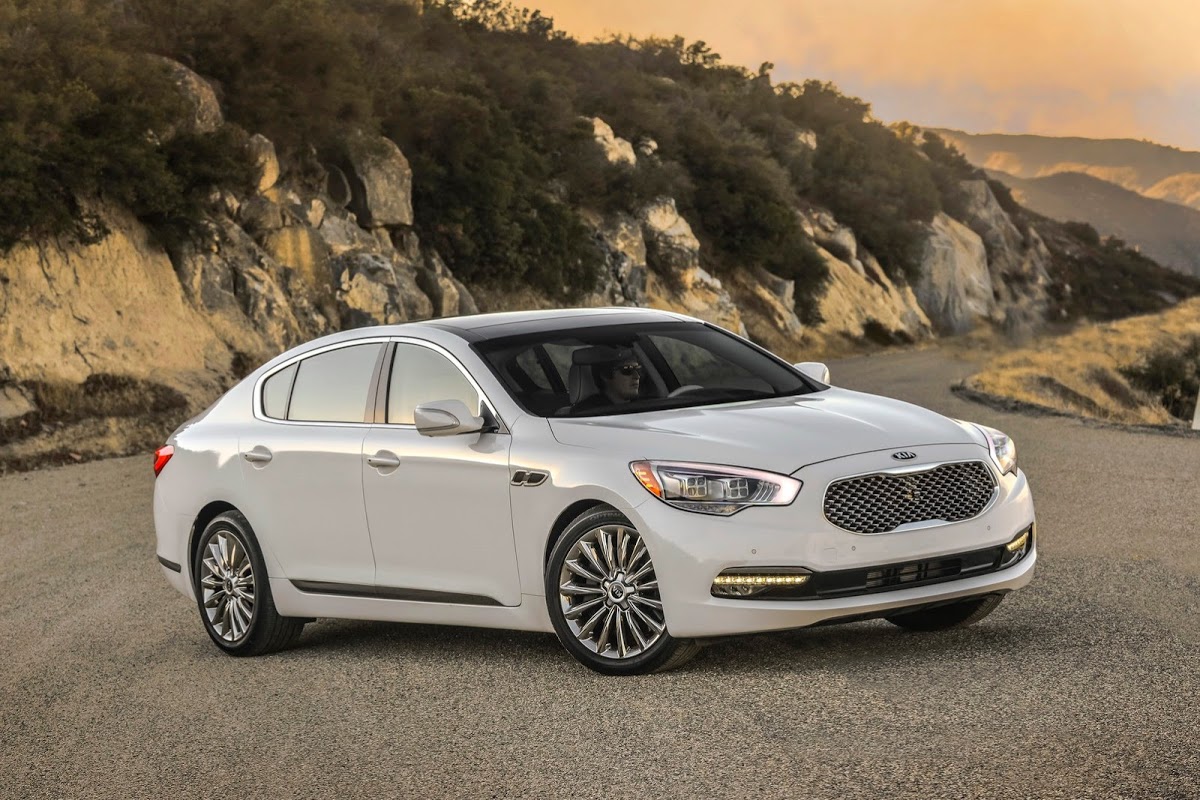Kia had only just refreshed its Stinger sports sedan for 2022 when we heard that the entire model line would be dead by next spring.
Despite being launched to critical acclaim in 2017, the Stinger never shifted the volumes Kia had hoped for. Thus, according to reports, it has one year to live, after which its production line will be modified to build the Carnival Hybrid minivan.
Mind you, right now that’s just a rumor. We contacted the automaker, and this is their reply.
“As far as Stinger, Kia America has nothing to announce at this time, however, the Stinger is an important component of the Kia brand and remains a halo vehicle in the US lineup.”
Also: Somehow These Discontinued Cars Still Sold This Past Year
The Stinger was, and is, a solid product: good looking, well equipped, and, especially in V6 guise, fun to drive, if a little on the porky side. But that wasn’t enough. The Stinger’s problem is that most people would rather have a crossover than a sedan, and many of those keeping the four-door faith would rather theirs came with a prestige German badge than a Korean one, still shrugging off the last remnants of its budget beginnings.
But the Kia Stinger is far from the only car that found it harder to win over potential customers than journalists.
McLaren F1
Yep, hard though it might be to believe, the McLaren F1, the car that pushed supercar performance to a level unimaginable only a couple of years prior to its 1994 launch, and examples of which are now worth over $15 million (£10.8 m), with one recently setting a record with $20,465,000, was a box office bomb.
The few journalists lucky enough to drive one were blown away, but at the time the world was in the grip of a recession and not yet used to the idea of a road car that cost the equivalent of $1.5 million (£1.1 m) in 2021 money. When production ended in 1998, McLaren had built just 106 examples, including 64 road cars.
Acura NSX
The Honda/Acura NSX isn’t quite dead, but it’s definitely on life support. Just eight car found buyers in Europe in COVID-hit 2020, but even in 2019, Honda shifted just 36 units. Sales were so bad in Australia that Honda stopped importing it, and even the Japanese can no longer buy an NSX, for heaven’s sake. Acura has admitted that its days are numbered and launched a more hardcore Type S as a send-off.
You could argue that Honda made a mistake by reinventing a legendary purists’ sports car as a heavy overcomplicated all-wheel drive hybrid, but the fact is the NSX was praised by auto testers – and comprehensively ignored by everyone else.
Dodge Viper
Doge Viper fans know that one of the key reasons their favorite sports car was discontinued in 2017 is because it didn’t have the curtain airbags necessary to legally remain on sale.
But if buyers had been queuing up to buy it, FCA would have invested money to make the necessary changes, or even create an all-new Viper for the 2020s. They weren’t, so FCA didn’t, and the Viper, despite wowing testers with its on-track performance, especially in ACR guise, died, and remains dead.
Kia K900
We started with a Kia so it seems apt that we finish with one. Motor Trend described Kia’s K900 sedan as offering the size and interior niceties of a Mercedes S-Class at the price of an entry-level E-Class. And Car & Driver summed it up as “an impressive choice for premium-car shoppers who appreciate strong value”.
Unfortunately for Kia, those shoppers were thin on the ground. Kia recently dropped the K900 from North America, blaming buyers’ preference for crossovers, though the car itself lives on as the K9 in other markets.












